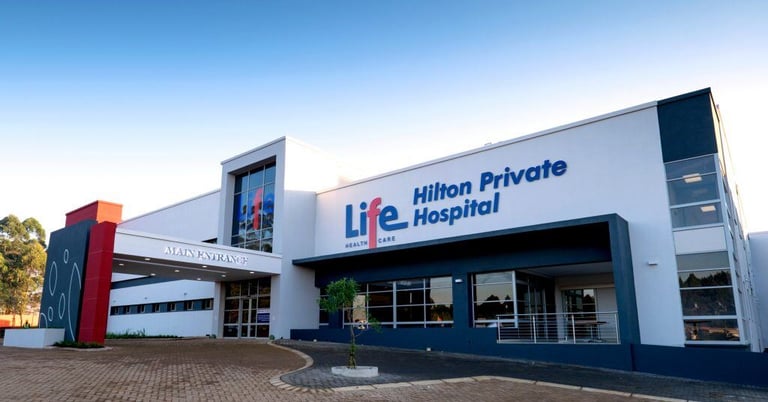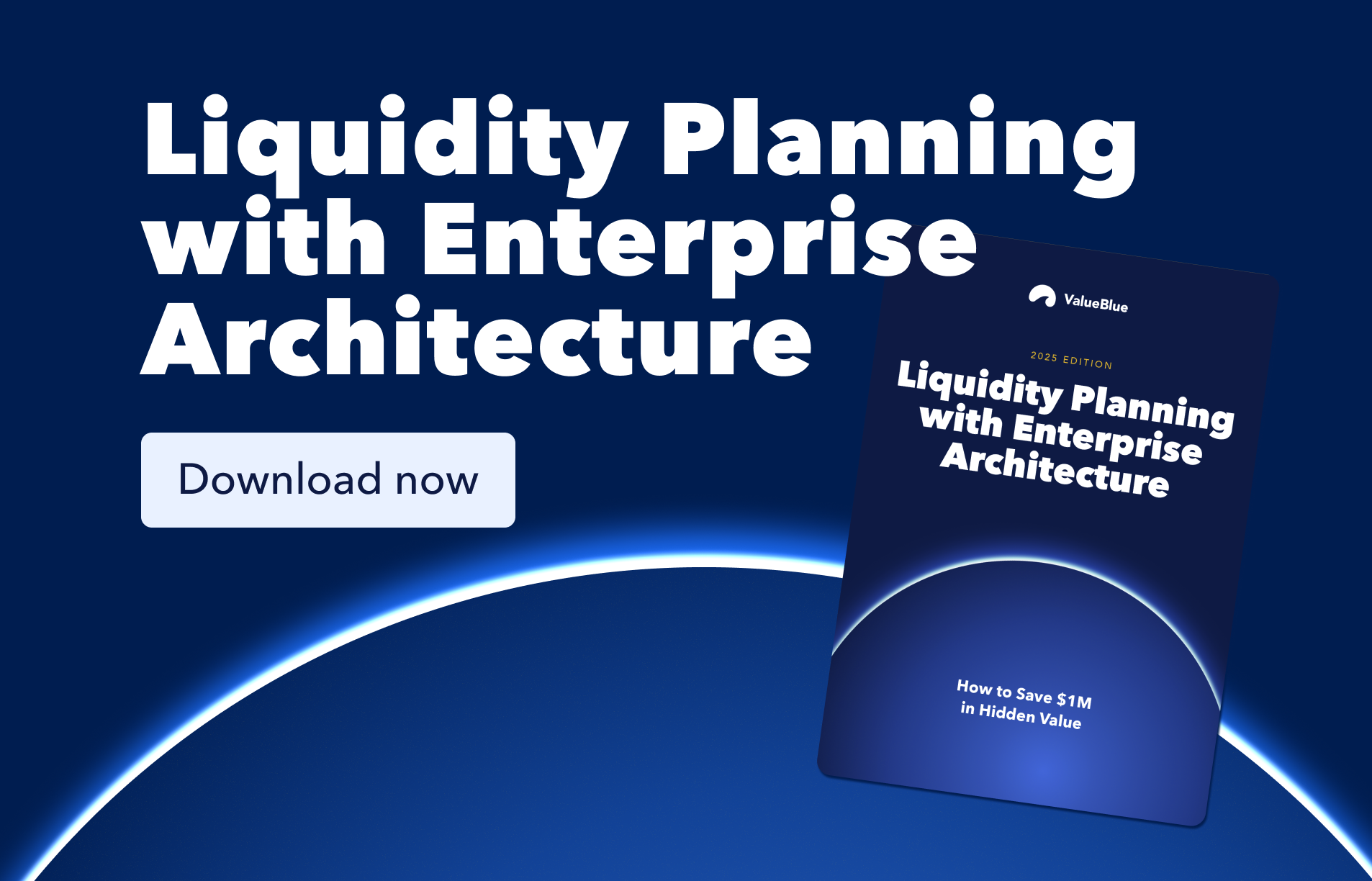Life Healthcare

Who is Life Healthcare?
Life Healthcare is a leading South African healthcare provider offering services to patients, corporates, and the government.
As the company's Enterprise Architect, Jean Erasmus works with a team of Solution, Network, and Cloud Architects. He oversees the architecture of all business units and led the implementation of ValueBlue's EA tool BlueDolphin.

The Challenge
Deepening insights into systems and application interactions
Life Healthcare identified an opportunity to enhance the understanding of its systems and applications, as well as their interactions. This was based on challenges for starting new IT projects and for standard rationalization of the portfolio. To ultimately improve the environment, they needed better insight into the components and dependencies in the landscape, aiming to optimize both decision-making and project delivery.
Boosting transparency in IT support across business units
At the same time, the company was exploring opportunities to enhance transparency on how the IT organization provided support to different business units. To create this awareness with different departments, the EA team wanted to gain insight into the business capabilities and ensure ongoing alignment between the IT infrastructure and the broader organization.
A need to support new strategic initiatives
Apart from supporting the current set of capabilities, it was important that the IT organization can effectively enable new business strategies. With the ongoing drive for digitization in the healthcare industry, the group continues to introduce new solutions that enhance the patient experience and make technology investments that support the development of new business units.
“An enterprise architecture tool is the architect's compass, guiding organizations through the complexities of innovation, aligning strategy with execution, and empowering data-driven decision-making at every turn. BlueDolphin enables this for Life Healthcare.”
Jean Erasmus
Enterprise Architect, Life Healthcare
Why BlueDolphin by ValueBlue?
Jean selected BlueDolphin primarily for its ease of use and quick time-to-value. The team required a tool that could be adopted quickly, didn't demand excessive maintenance, and delivered the expected value within a short timeframe. Additionally, BlueDolphin uses the industry standard notation, Archimate, which was also a priority for Jean.
The Solution
Mapping the application landscape
The team started by mapping out the application landscape, detailing out the functions, components, infrastructure, and data entities for each application. They also created context diagrams that show the information flows between the applications and their ecosystem. Using this data, the architecture team has created numerous reports in PowerBI that show the current state of the landscape and can inform decision-making and investments.
Linking the capability and IT landscapes
To create an as-is model from a business perspective, they created a capability map for Life Healthcare—down to three capability layers. This allowed them to link the application and business landscape in two ways. Firstly, they grouped all applications based on the business units or functions they support. Secondly, they linked them back to the capability map to highlight which applications support specific capabilities.
Creating solution designs
Relying on these views and insights, the team uses BlueDolphin to create solution designs for new initiatives. At the start of each project, they review the existing capabilities and applications to assess what can be used or built to meet the new requirements. They then detail the infrastructure needed to deliver the solution. By creating a new design for each project, they continue to populate and build the repository.
The Results
Enhanced visibility and control
By visualizing and analyzing data in a central platform, the team has created visibility into the architecture landscape and can communicate IT involvement to the rest of the organization. The architecture team regularly updates the executive team on developments in the IT estate, including legacy software, risks, and new opportunities in the landscape. This allows the organization to remain in control of its IT investments and foresee risk.
Faster decision-making and impact analysis
With these new insights, the team can clearly see the interactions and dependencies in the landscape and assess the impact of any changes. Whether It's replacing an application component, decommissioning software, or changing the hosting location, they can predict the impact on the ecosystem and make swift decisions. Naturally, this makes the project lifecycle significantly shorter and allows the EA team to respond to requests faster and more effectively.
Realization of strategic projects
Lastly, by having visibility into the capability and application landscape, the team can better support the realization of new strategic projects with detailed solution designs. If the company needs to develop a new business unit or capability, they can quickly assess which applications are used by associated capabilities and determine if they are a fit. This allows them to efficiently design solutions that fulfill the requirements and priorities of the business.
.png)

